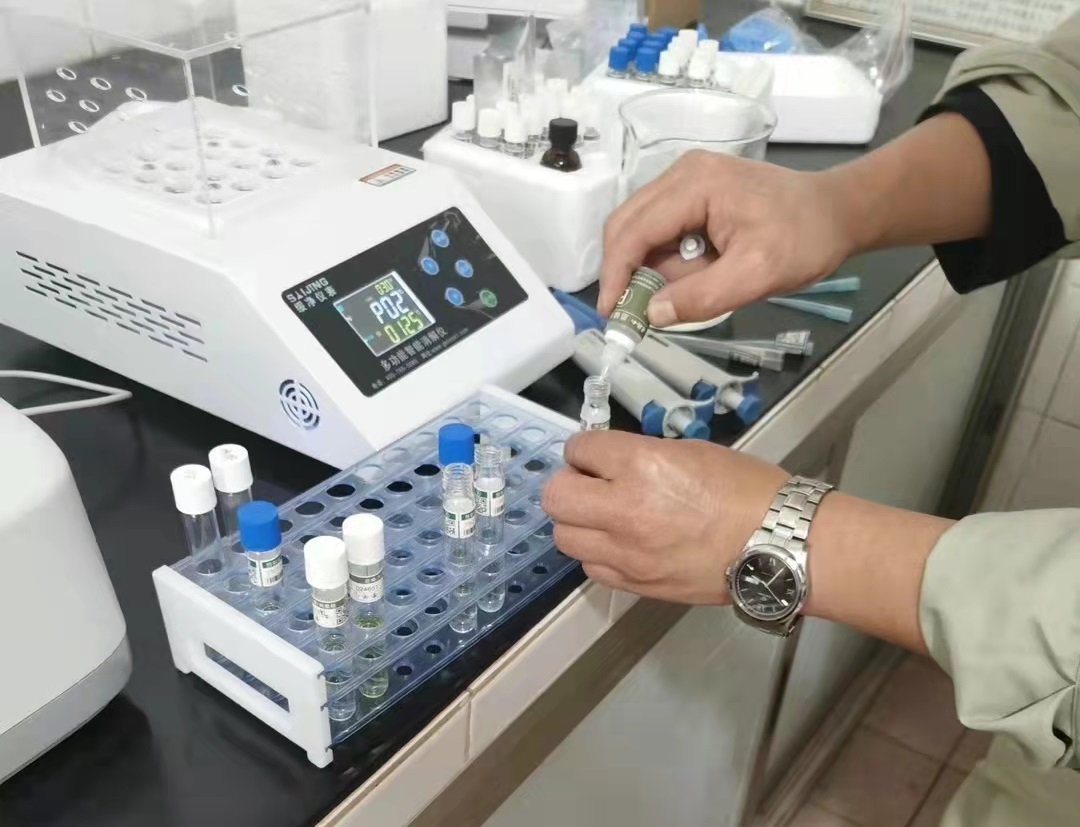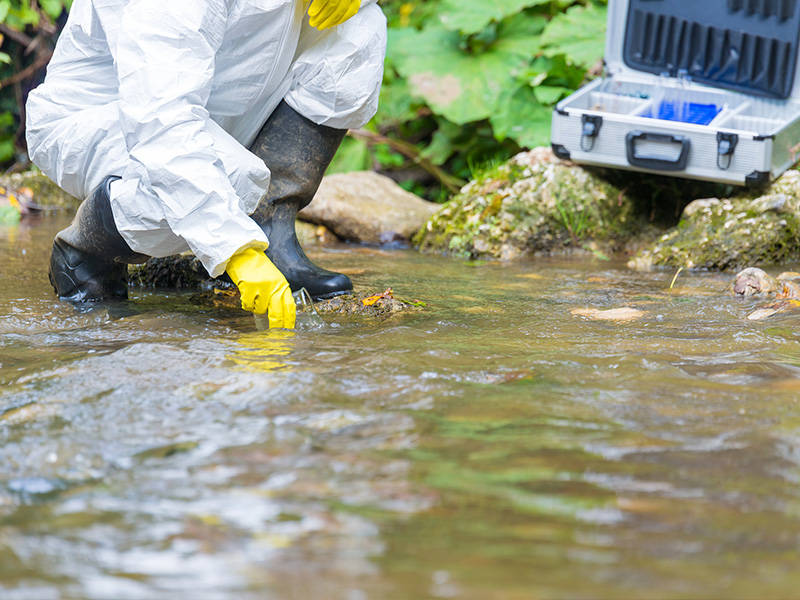Can activated carbon be used to remove COD from wastewater?
Oct 23,2024

Introduction: How to use activated carbon to remove COD from wastewater? COD in wastewater is one of the main indicators for measuring water pollution. COD detector can accurately detect the COD value in wastewater. The method of removing COD can be selected according to the actual situation of the water body. Adsorption is one of the physical methods for removing COD from wastewater.

Adsorption water treatment has great adaptability, good treatment effect, recyclability, and can be reused repeatedly. However, the pretreatment of wastewater using adsorption method has high requirements, high operating cost, large system scale, and high operating difficulty.
At present, the adsorbent commonly used to treat organic matter in wastewater is activated carbon. When granular activated carbon is used for wastewater treatment, the activated carbon is usually loaded into a packed tower and the raw water is treated by the packed tower. This treatment usually has the following methods:
(1) Fixed bed type. There are usually two or more packed towers, one of which is used to replace activated carbon. The particle size of activated carbon in the packed tower is 8-40 mm, the tower height is 1-5 m, the flow rate is 10-40 m/min, and the raw water is supplied from the downstream of the top of the packed tower and the downstream of the bottom of the tower. The upstream type can be divided into dynamic layer type and flowing layer type.
(2) A method of moving the raw water flow upward for adsorption treatment.
Usually 1 to 2 waste carbons are discharged from the tower every day. The adsorbed saturated activated carbon is also continuously discharged from the adsorption tower. The continuous discharge method of saturated activated carbon is that the activated carbon moves along the raw water in the stratification direction or the opposite direction, while adsorbing. The discharge of saturated activated carbon and the replenishment of new activated carbon are carried out continuously.
(3) Fluidized bed is a method of adsorption under flowing state. Although the adsorption rate is slow, a small amount of activated carbon can be used for treatment, which can reduce infrastructure costs and operating costs. Moreover, the adsorption layer and blockage caused by the spread of suspended matter, microorganisms and algae in the raw water are not easy to produce. Even in large-scale equipment, it is not easy to produce water flooding deviation, and it can operate stably for a long time.

The removal efficiency of organic matter in the process of reducing COD in wastewater by activated carbon is affected by the pH value of raw water, the amount of activated carbon, the reaction temperature and the stirring time. When the pH is 8.5, the projection time is 0.5h, and the reaction temperature is 25℃, the COD removal rate is relatively high.
Product Introduction
GNST-900S is a new generation of high-performance, high-reliability full-parameter water quality meter developed after 3 years of research and development based on the intelligent development ideas of the Internet of Things. The instrument adopts LED cold light source and optical structure, equipped with Genesite intelligent detection system, and can perform data averaging calculation more than ten times per second. It uses ST32-bit ARM processor, which runs faster and more stable. Thus, the characteristics of intelligent, high-performance, low-noise and strong stability of water quality meter are realized by leaps and bounds. The 8-inch IPS high-definition color touch screen makes the test results intuitive and clear. It can detect more than 40 test items such as COD, ammonia nitrogen, total phosphorus, total nitrogen, suspended solids, turbidity, chromaticity, PH, heavy metals, etc. The product has built-in water quality analysis, photometry, coefficient curve, sample curve and other applications.

Application fields
The instrument is widely used in scientific research institutes, sewage treatment, environmental monitoring, petrochemical, papermaking, pharmaceutical, printing and dyeing, textile, leather, brewing, electronics, municipal administration, colleges and universities and other industries and has been well received by users.
Determination principle
• COD determination is based on "HJ/T 399-2007 Water quality Chemical oxygen demand Rapid digestion spectrophotometry"
• Ammonia nitrogen determination is based on "HJ 535-2009 Water quality Determination of ammonia nitrogen Nessler reagent spectrophotometry"
• Total phosphorus determination is based on "GB 11893-89 Water quality Determination of total phosphorus Ammonium molybdate spectrophotometry"
• Total nitrogen determination is based on "Alkaline persulfate digestion photometry"
Contact Us
E-mail :
andrew@genesit1.com
Phone:
+8615896508337
Address:
Chanhe Industrial Park,LuoYang City, Henan Province,China


